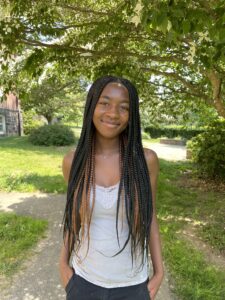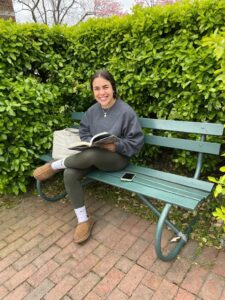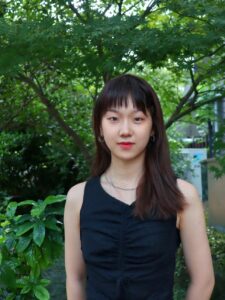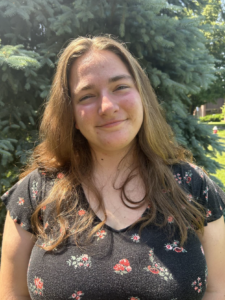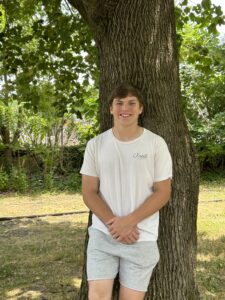“What’s in a name?” Shakespeare asked this famous rhetorical question, and schoolchildren for generations have used it as a foil for considering the power and meaning of words and names.
It is a question that we in the Religions Department recently considered in a searching, deliberate process. You may have noticed in the previous sentence that I said “religions,” with an “s” rather than “religion.” If so, good catch. You might be wondering, “what’s the difference?” I am so glad you asked! Allow me to tell a story…
Some years ago I found myself in a hospital bed, having experienced a grave illness that was not diagnosed at first. (They not-so-jokingly called me “the House patient,” referring to Dr. House on TV, who takes the presumably unsolvable cases.) I felt deep, abiding gratitude for the care I was receiving from myriad professionals, including many doctors and nurses as well as the people who took my temperature and blood pressure and changed my IV tubes, the people who brought me food, and those who changed my bedding. I was there for two weeks, so people came and went with regularity.
People were consistently friendly to me and engaged me in light conversation. I decided this was the perfect opportunity for an experiment! Usually, the question would come up, “what do you do?” I noticed a pattern emerging. If I said, “I teach religion,” they would politely acknowledge my response, and then gently change the subject or fairly quickly find a way to end the conversation and get on with their work and out the door. By contrast, if I answered with, “I teach world religions,” the response, almost uniformly, sought deeper engagement. People would say, “oh, that sounds interesting, tell me more” or “World Religions was my favorite subject in college” or, “which religions?” The variety of their responses was as diverse as the people.
Given that this was a large, urban hospital, I encountered a full gamut of skin tones and people visibly presenting as members of at least four different religious denominations known to me (Christian, Jewish, Muslim, and Hindu), and numerous more discovered upon further conversation.
“What is going on here?” I thought to myself. Recognizing my vulnerability to confirmation bias and selection bias, I did my best to control these in the few days I had remaining in the hospital. Upon my discharge, I have continued this experiment in multiple venues for the last several years, with complete strangers at baseball games, weddings, shopping malls, parties, and anywhere else I may go. My results in the hospital have been replicated with extraordinary fidelity.
What I have determined is that the statement, “I teach religion” was consistently getting interpreted as a statement of my efforts to promote one doctrine or dogma at the exclusion of others, and many people find it to be a conversation stopper.
So do I. And so does George School. Our work in the Religions Department is to create a safe, stimulating, and open context for students from all backgrounds to try and make sense of the dizzying array of knowledge claims they encounter on a regular basis in their lives. Learning about some of the major religious traditions of the world—including their symbols, practices, rituals, and representations of the divine—is a wonderful portal into the discipline of becoming a world citizen. Alongside the rest of a George School education, courses in the Religions Department help our students to learn about their world and themselves, thereby equipping them to let their lives speak in ways that engage other people.
We do not “teach religion”—we do not teach what to believe, nor the right (or wrong) way to think. Rather, we teach the beliefs and practices of many religions, and we invite critical inquiry so that students learn to appreciate and value the wisdom traditions that have come down to us through the ages while reconciling them with their own experiences and family traditions. I have yet to have a student in class that did not learn a substantial amount about their own family’s spiritual and religious traditions; and in most cases, the experience has deepened their appreciation for those traditions. Indeed, I would claim that most of the students at George School who identify as religiously faithful see me and the other members of the Religions Department as strong allies for their journey. May that continue to be so.
When we gathered to consider possible alternate names for our department, we considered a variety of options that are visible at other high schools that include, Religious Studies; Religious Thought; Contemplative Studies; Religious Life; Quaker Studies; and various combinations of each of these. While each of these has compelling justifications, as a team we were able to reach unity in support of “Religions,” because it had the greatest virtue of accuracy and inclusiveness for almost all of our courses. This includes Theory of Knowledge, which can be taught as a cut-and-dry philosophy course, but at its best, it is fundamentally aligned with the Quaker mission of George School, to seek truth and to invite students to let their lives speak. While that may not be “religion,” per se, it is certainly congruent with the overall mission of the Religions Department.
Going forward, the Religions Department looks forward to the Quaker discipline of continuing revelation. In the last several years, we have begun to offer the following courses: Religions of the African Diaspora, Feminist Theology, and Spirituality and Sustainability. I am considering augmenting my current Peace Studies class to create one more explicitly focused on spirit-led non-violent direct action. A fundamental precept of Quakerism is the importance of staying open to new Light and keeping the dialogue going.
Tom received a BA from Yale and an EdM from the University of Washington. He is head of Orton and the head coach of junior varsity boys’ lacrosse. Tom joined George School in 2008.

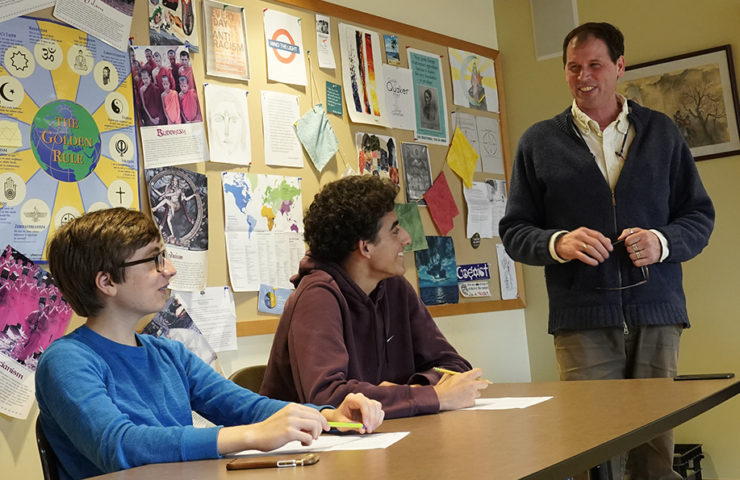
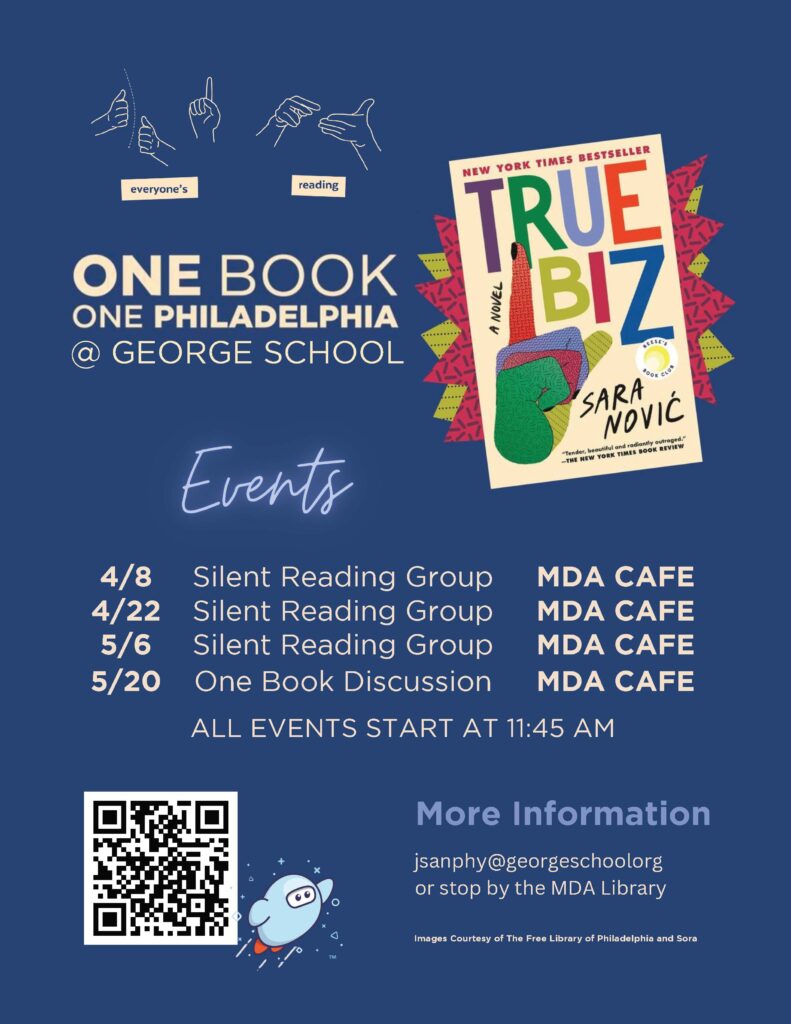
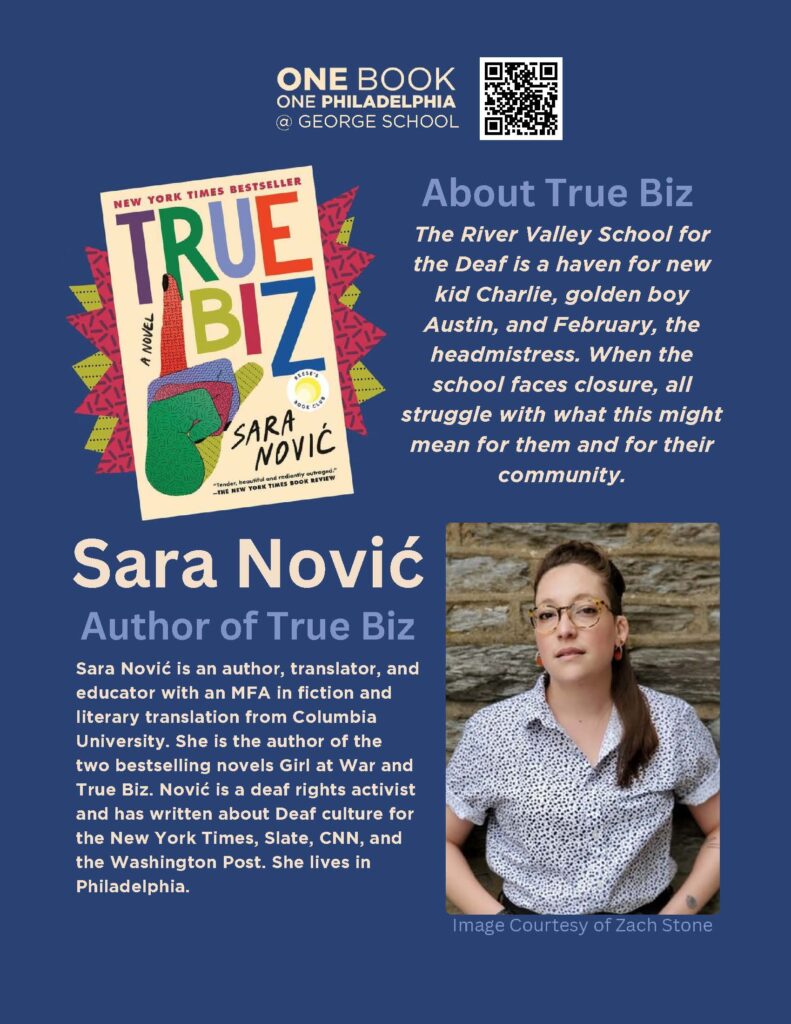



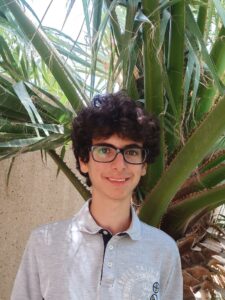 Monastir, Tunisia, and Amman, Jordan
Monastir, Tunisia, and Amman, Jordan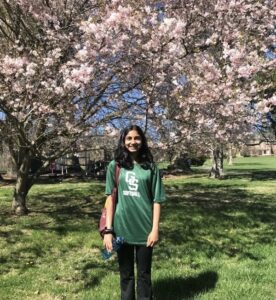 Irvine, CA
Irvine, CA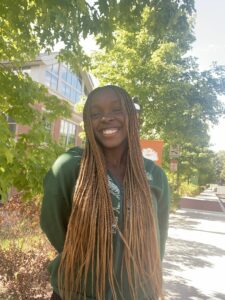 Feasterville-Trevose, PA
Feasterville-Trevose, PA New Hope, PA (Previously NYC)
New Hope, PA (Previously NYC)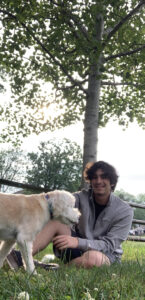 Richboro, PA
Richboro, PA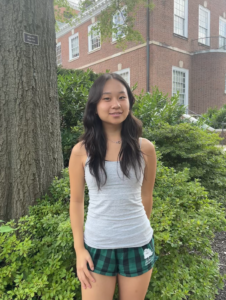 Englewood, NJ
Englewood, NJ Ningbo, Zhejiang, China
Ningbo, Zhejiang, China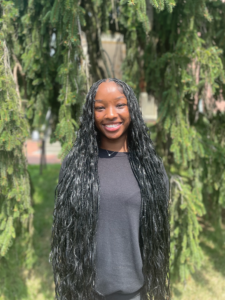 Willingboro, NJ
Willingboro, NJ Yardley, PA
Yardley, PA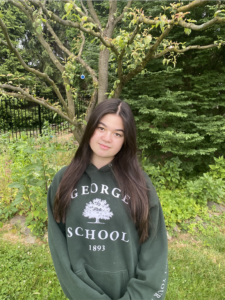 Newtown, PA
Newtown, PA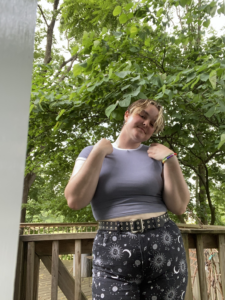 Holicong, PA
Holicong, PA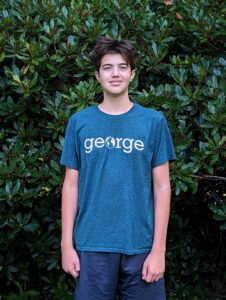 Newtown, PA
Newtown, PA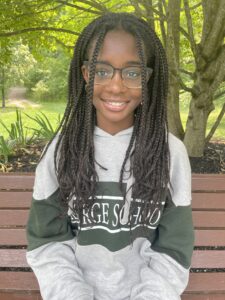 Hamilton, NJ
Hamilton, NJ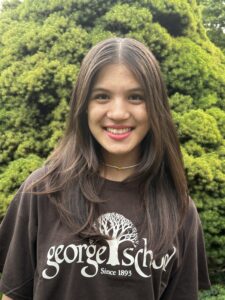 Yardley, PA
Yardley, PA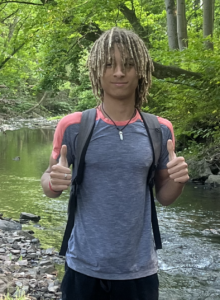 Lambertville, NJ
Lambertville, NJ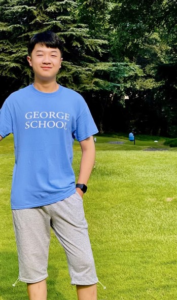 Chongqing, China
Chongqing, China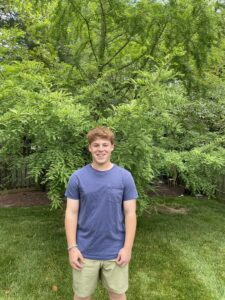 Pennington, NJ
Pennington, NJ Yardley, PA
Yardley, PA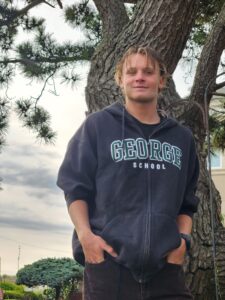 Bensalem, PA
Bensalem, PA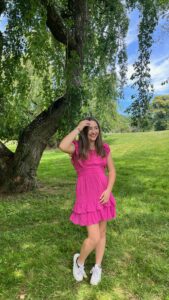 Borgota, Colombia
Borgota, Colombia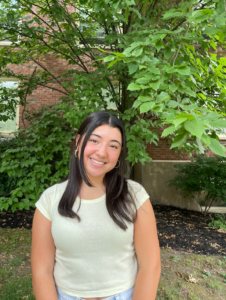 Newtown, PA
Newtown, PA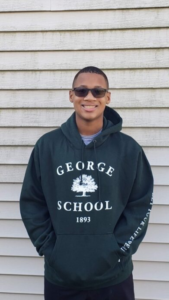 Burlington, NJ
Burlington, NJ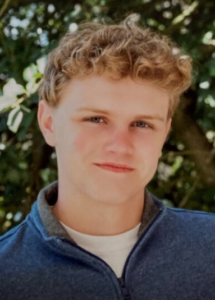 Langhorne, PA
Langhorne, PA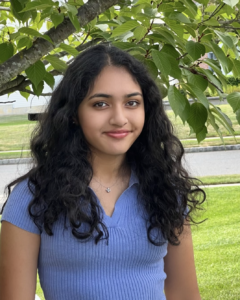 Princeton, NJ
Princeton, NJ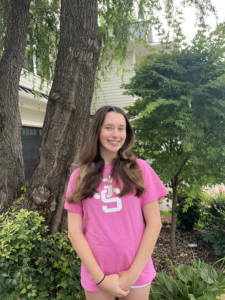 Langhorne, PA
Langhorne, PA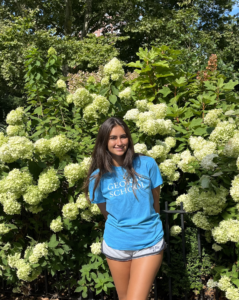 New York City, NY
New York City, NY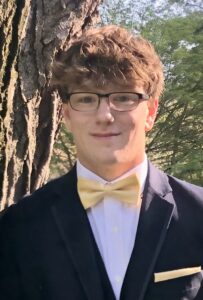 New Hope, PA
New Hope, PA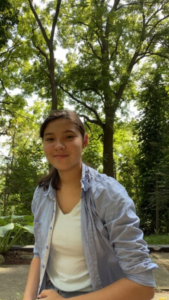 St. Catharines, Ontario, Canada
St. Catharines, Ontario, Canada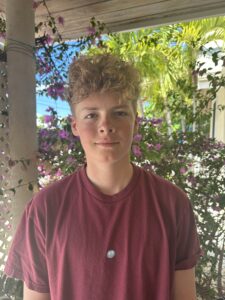 Providenciales, Turks and Caicos Islands
Providenciales, Turks and Caicos Islands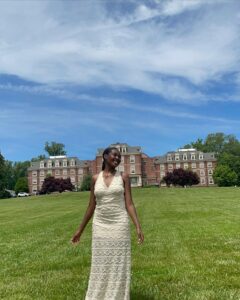 Willingboro, NJ
Willingboro, NJ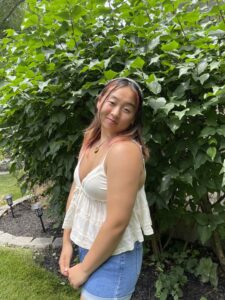 Princeton, NJ
Princeton, NJ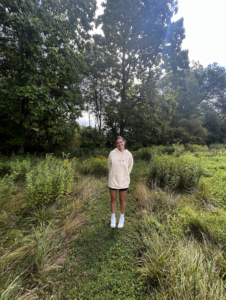
 Newark, NJ
Newark, NJ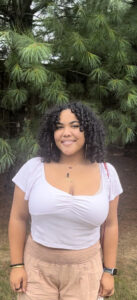 Trenton, NJ
Trenton, NJ Newtown, PA
Newtown, PA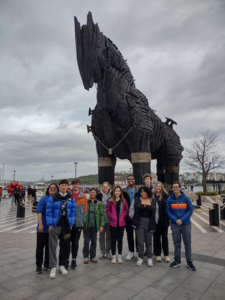
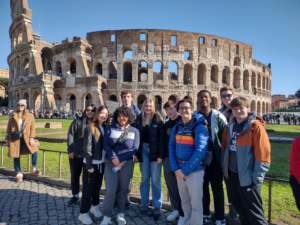
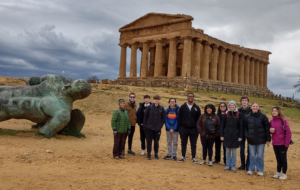




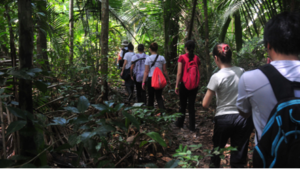
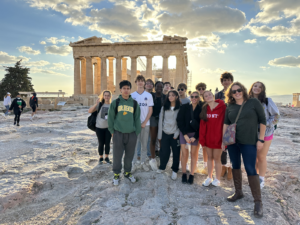
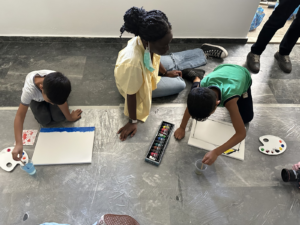
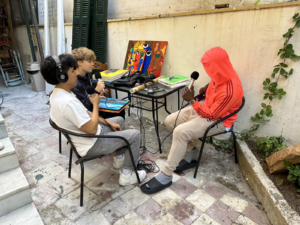
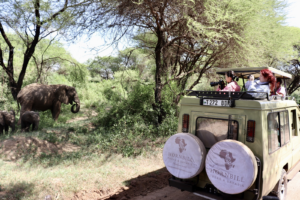
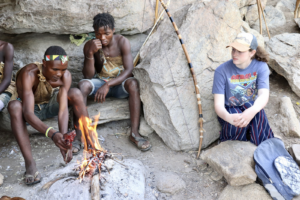
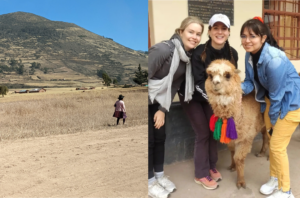
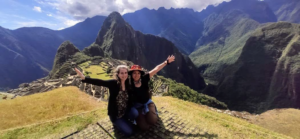
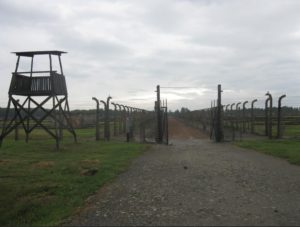
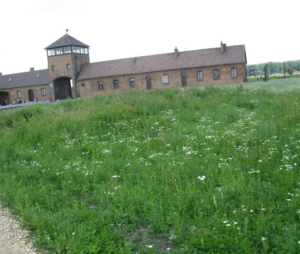
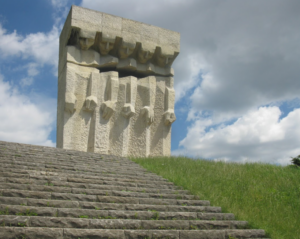
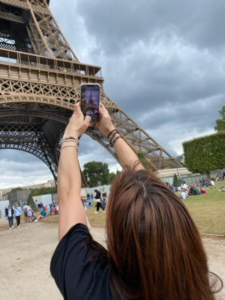
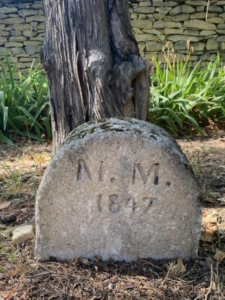
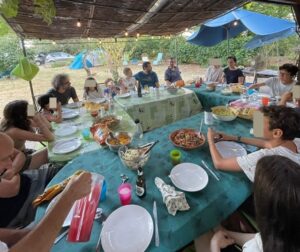
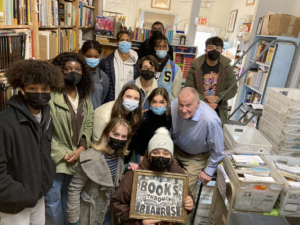
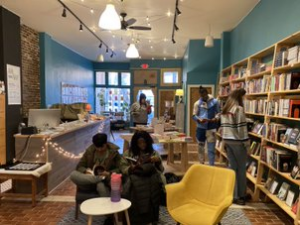
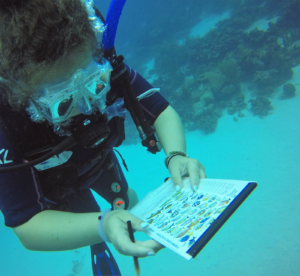
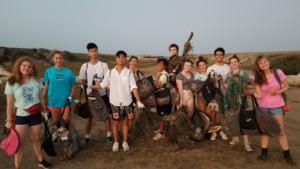

 Lawrence, NJ
Lawrence, NJ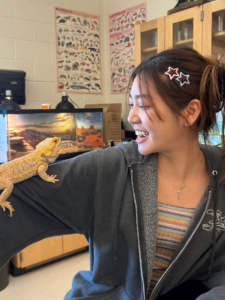 Seoul, South Korea
Seoul, South Korea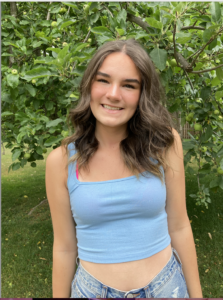
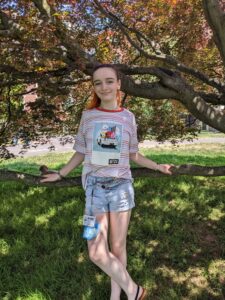 Milwaukee, Wisconsin
Milwaukee, Wisconsin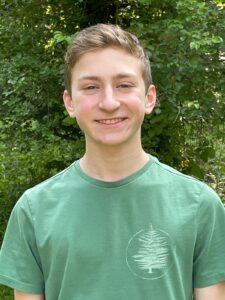 Pennington, NJ
Pennington, NJ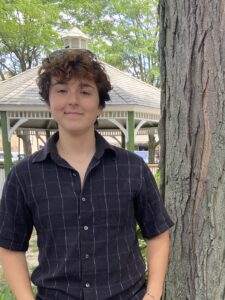 Jenkintown, PA
Jenkintown, PA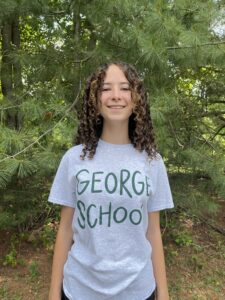 Ottsville, PA
Ottsville, PA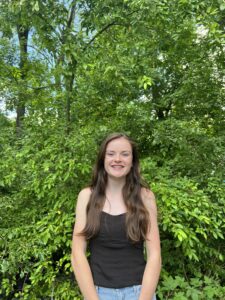 Yardley, PA
Yardley, PA Providenciales, Turks and Caicos Islands
Providenciales, Turks and Caicos Islands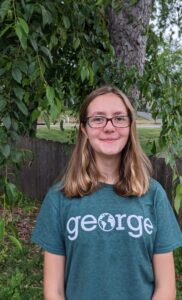 Hopewell, NJ
Hopewell, NJ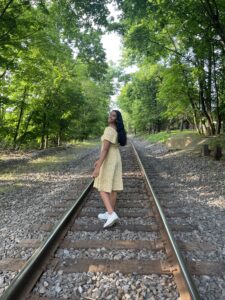
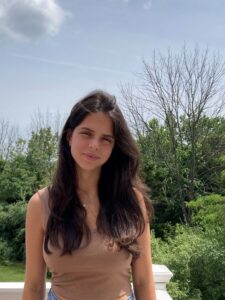 Pottstown, PA
Pottstown, PA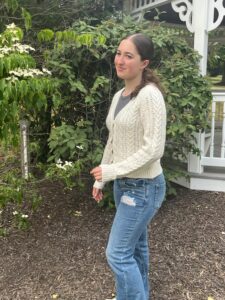 Playa del Carmen, Quintana Roo, México
Playa del Carmen, Quintana Roo, México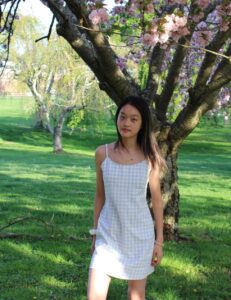 Shanghai, China
Shanghai, China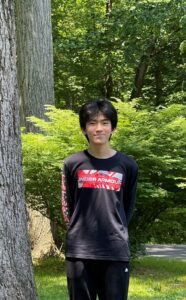 Beijing, China
Beijing, China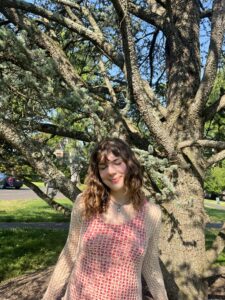 Yardley, PA
Yardley, PA Beijing, China
Beijing, China Holland, PA
Holland, PA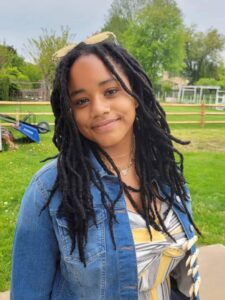 Langhorne, PA
Langhorne, PA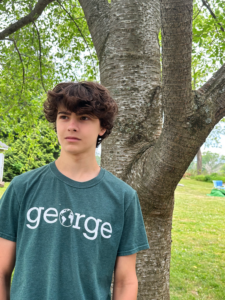 Ringoes, NJ
Ringoes, NJ New Hope, PA
New Hope, PA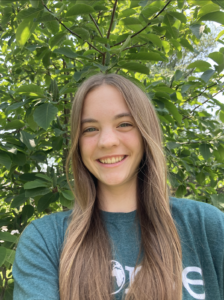 Dreshner, PA
Dreshner, PA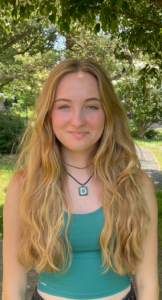 Yardley, PA
Yardley, PA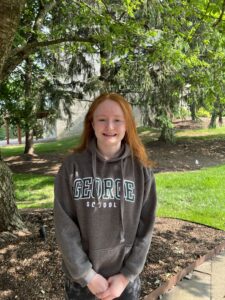 Yardley, PA
Yardley, PA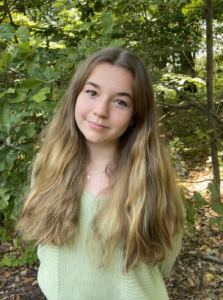 PA
PA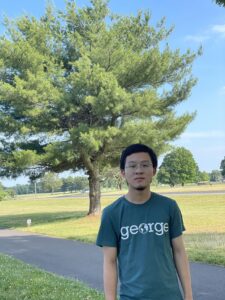

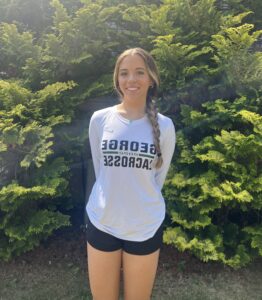
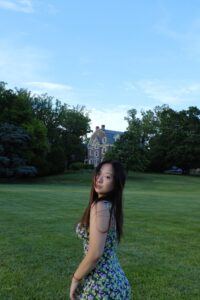 Xi’an, China
Xi’an, China